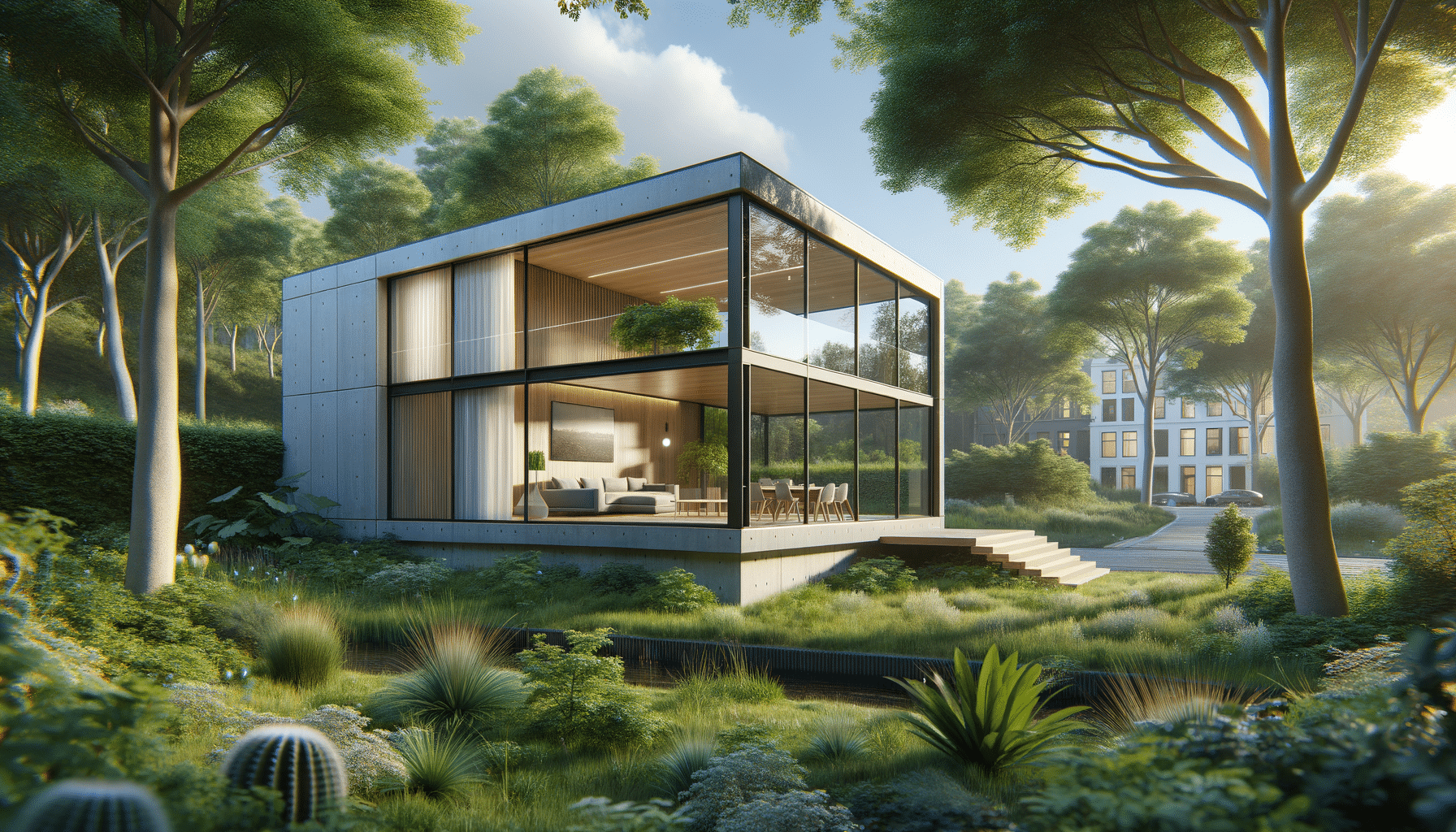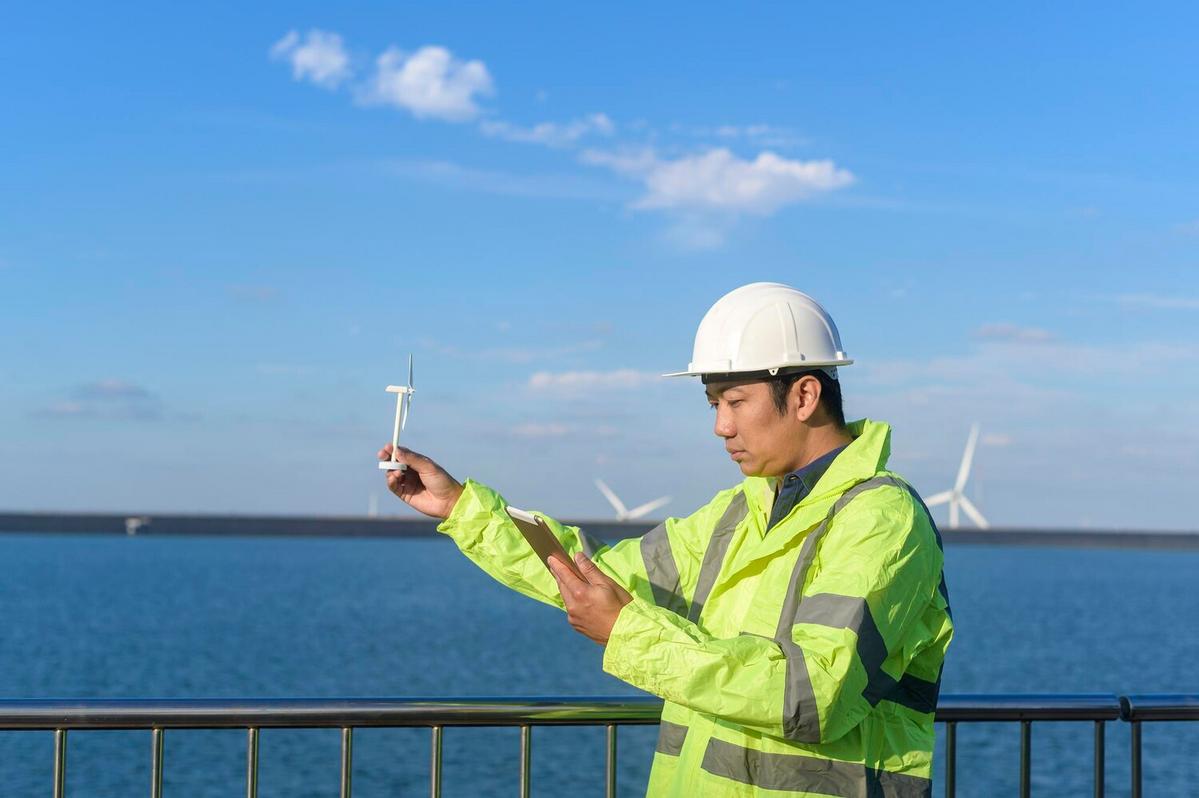
Exploring the World of Prefabricated Houses: A Modern Housing Solution
Introduction to Prefabricated Houses
In recent years, prefabricated houses have emerged as a popular choice for individuals seeking efficient, sustainable, and cost-effective housing solutions. These homes, often referred to as “prefabs,” are constructed off-site in a factory setting before being transported and assembled at their final location. This method of construction offers several advantages over traditional building techniques, making it a compelling option in today’s fast-paced world.
The appeal of prefabricated houses lies in their ability to streamline the construction process, reducing both time and waste. As urban populations grow and housing demands increase, prefabricated houses present a viable solution to meet these needs efficiently. Their modular nature allows for flexibility in design, enabling homeowners to customize their living spaces according to personal preferences and requirements.
Moreover, the environmental benefits of prefabricated houses cannot be overlooked. The controlled factory environment minimizes waste and promotes the use of sustainable materials, aligning with the growing trend towards eco-friendly living. These factors contribute to the rising popularity of prefabricated houses as a modern housing solution.
Advantages of Prefabricated Houses
Prefabricated houses offer numerous advantages that make them an attractive option for prospective homeowners. One of the most significant benefits is the speed of construction. Since the components are manufactured in a controlled environment, the construction process is not subject to weather delays, allowing for quicker completion compared to traditional builds.
Cost-effectiveness is another key advantage. The streamlined manufacturing process reduces labor costs, and the ability to purchase materials in bulk further drives down expenses. This affordability makes prefabricated houses accessible to a wider range of individuals seeking quality housing without the financial burden.
Additionally, prefabricated houses are known for their high-quality construction. The factory environment ensures precise measurements and consistent quality control, resulting in homes that are durable and resilient. With advancements in technology, modern prefabricated houses are designed to meet or exceed building standards, providing safe and comfortable living spaces.
- Reduced construction time
- Cost-effective building process
- High-quality and consistent construction
- Eco-friendly and sustainable
The Environmental Impact of Prefabricated Houses
Environmental sustainability is a major consideration in the construction industry, and prefabricated houses are at the forefront of eco-friendly building practices. The factory-based construction process minimizes waste by utilizing precise measurements and reducing material surplus. This approach contrasts with traditional construction, where significant material waste is often unavoidable.
Prefabricated houses also promote the use of sustainable materials. Many manufacturers prioritize eco-friendly resources, such as recycled materials and energy-efficient components, to reduce the overall carbon footprint of the home. This commitment to sustainability aligns with the growing demand for environmentally conscious living solutions.
Furthermore, the energy efficiency of prefabricated houses is enhanced through modern design techniques. Features such as improved insulation, energy-efficient windows, and smart home technology contribute to reducing energy consumption and lowering utility costs for homeowners. As the world moves towards greener living, prefabricated houses offer a practical and sustainable choice for environmentally aware individuals.
Design and Customization Options
One of the most appealing aspects of prefabricated houses is the flexibility in design and customization. Unlike traditional homes, which may be limited by existing structures or zoning regulations, prefabricated houses offer a modular approach that allows for a wide range of design possibilities.
Homeowners can choose from various styles, layouts, and finishes to create a living space that reflects their personal taste and lifestyle. Whether it’s a minimalist design with clean lines or a more traditional aesthetic, prefabricated houses can be tailored to meet diverse preferences.
The modular nature of prefabricated houses also enables easy expansion or modification. As families grow or needs change, additional modules can be seamlessly added to the existing structure, providing a flexible solution that adapts to the homeowner’s evolving requirements.
- Variety of design styles and layouts
- Customizable finishes and features
- Scalable and adaptable living spaces
Challenges and Considerations
Despite the numerous advantages, there are certain challenges and considerations associated with prefabricated houses. One of the primary challenges is the perception that prefabricated houses lack the permanence and value of traditional homes. However, as construction techniques and materials have improved, this perception is gradually changing.
Another consideration is the availability of suitable sites for assembly. Prefabricated houses require transportation and installation space, which may not be feasible in densely populated urban areas. Additionally, zoning regulations and local building codes can sometimes pose challenges, requiring careful planning and coordination with local authorities.
Lastly, while the initial cost of prefabricated houses is generally lower, potential buyers should consider additional expenses such as land acquisition, transportation, and site preparation. These factors can influence the overall cost and should be factored into the decision-making process.
By understanding these challenges and planning accordingly, prospective homeowners can make informed decisions about whether prefabricated houses are the right fit for their needs.
Conclusion: The Future of Prefabricated Housing
As the demand for efficient, affordable, and sustainable housing solutions continues to rise, prefabricated houses stand out as a promising option. Their numerous advantages, including speed of construction, cost-effectiveness, and environmental benefits, make them a viable choice for modern living.
The flexibility in design and customization further enhances their appeal, allowing homeowners to create personalized living spaces that adapt to changing needs. While challenges remain, the ongoing advancements in technology and construction methods are likely to address these issues, paving the way for a brighter future in prefabricated housing.
For those considering a new home, exploring the possibilities of prefabricated houses offers an opportunity to embrace innovation and sustainability in the world of real estate.


